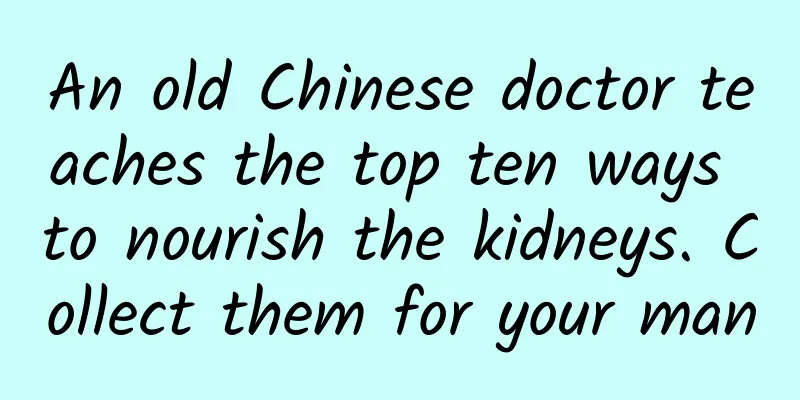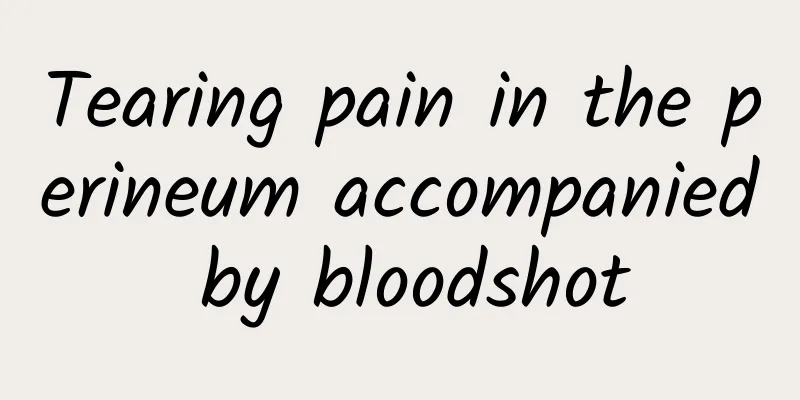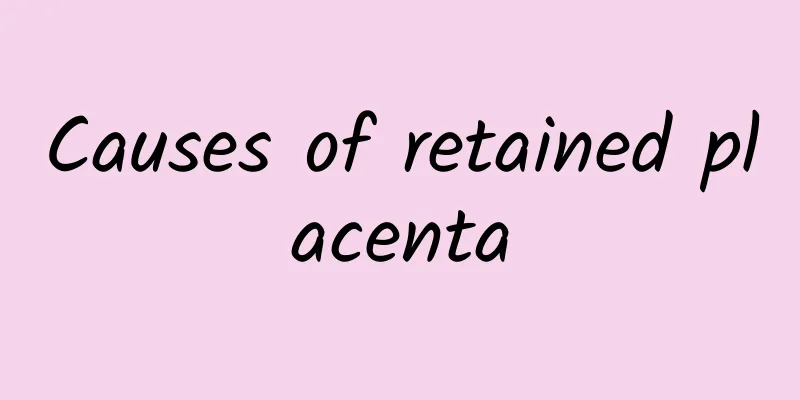Atrial fibrillation surgery success rate, high surgical difficulty

|
Surgical treatment is also common in the treatment of atrial fibrillation, such as radiofrequency ablation, but this treatment method is very difficult, many hospitals do not carry out such treatment, and the success rate of surgery is also limited. Patients can take drug treatment. 1. Radiofrequency ablation of atrial fibrillation is a very difficult operation. There are only a few hospitals in China that can carry out this procedure and have a large number of cases. Although some hospitals can carry out this procedure, the number of cases is small and the success rate is of course much lower. 2. Success rate The so-called success rate reported in the literature is 80-90%. In fact, this number is very exaggerated. A success rate of 60-70% is considered good. The biggest risks are malignant arrhythmias, sudden death, and pericardial tamponade. Of course, the incidence of these risks is relatively small. The most common problem is unsuccessful surgery. The risk of real life-threatening consequences is very small. 3. Medication is also good (1) Cardioversion and maintenance of sinus rhythm: the first choice treatment for paroxysmal and persistent atrial fibrillation. The longer atrial fibrillation lasts, the more likely it is to cause atrial electrical remodeling and make it difficult to convert, so cardioversion treatment should be started as early as possible. Paroxysmal atrial fibrillation can usually be converted on its own. If the ventricular rate is not fast, the hemodynamics are stable, and the patient can tolerate it, he can be observed for 24 hours. If the patient still cannot recover after 24 hours, cardioversion is required. Some people also advocate that medication should be used to control attacks as soon as they occur. For patients with persistent atrial fibrillation for more than 1 year, the success rate of cardioversion is not high, and even if cardioversion is achieved, it is difficult to maintain. Before cardioversion treatment, possible inducing or influencing factors should be identified and treated, such as hypertension, hypoxia, acute myocardial ischemia or inflammation, drinking, hyperthyroidism, gallbladder disease, etc. Sometimes when the above factors are removed, atrial fibrillation may disappear. If atrial fibrillation persists in the absence of the above factors or after the above factors are removed, cardioversion treatment is required. For organic heart diseases (such as coronary heart disease, rheumatic heart disease, cardiomyopathy, etc.), their own treatment cannot replace cardioversion therapy. ① Drug conversion: The following is the clinical drug selection method. A. For patients with paroxysmal atrial fibrillation without organic heart disease or with organic heart disease (but not coronary heart disease and not accompanied by left ventricular hypertrophy), Class IC drugs such as propafenone may be the first choice, and sotalol and ibutilide may be the second choice. If it is still ineffective, amiodarone can be used as a first choice. B. For patients with organic heart disease or heart failure: Amiodarone is the drug of choice. |
<<: What to do if your appendix hurts? Beware of appendicitis
>>: Fat burning heart rate, aerobic exercise tachometer
Recommend
Benign prostatic hyperplasia
With the continuous improvement of modernization,...
Why does the fetus have a cystic mass?
If a cystic mass is found during examination duri...
The root cause of body odor is dampness and heat
Body odor is quite common in our daily life, and ...
What are the effects and functions of Kaempferia galanga
Most people may not have heard of galangal. In fa...
Can pregnant women drink licorice tablets soaked in water?
Pregnancy is a special period and there are many ...
Why are my legs always sore?
Most people have experienced the problem of sore ...
What is the cause of green urine? How to differentiate and diagnose
Many friends find themselves urinating green urin...
Insufficient blood flow to the myocardium
Insufficient myocardial blood supply is mainly du...
How to pull inverted nipples
Inverted nipples are a relatively common symptom ...
Hidden testicle surgery
Normal male testicles are visible under the penis...
Does wrinkles on the fingertips mean kidney deficiency?
Wrinkles on the fingertips are quite common in da...
Traditional Chinese medicine treatment of tinnitus, combining several methods
If you always hear a whirring sound in your ears,...
What to do if your child's face is bitten by a mosquito and has red spots
Children's skin is relatively delicate and is...
What are the benefits of eating sea cucumbers?
The nutritional value of sea cucumbers is well kn...
What to eat to replenish energy after kidney surgery
Kidney surgery is a treatment for various kidney p...









